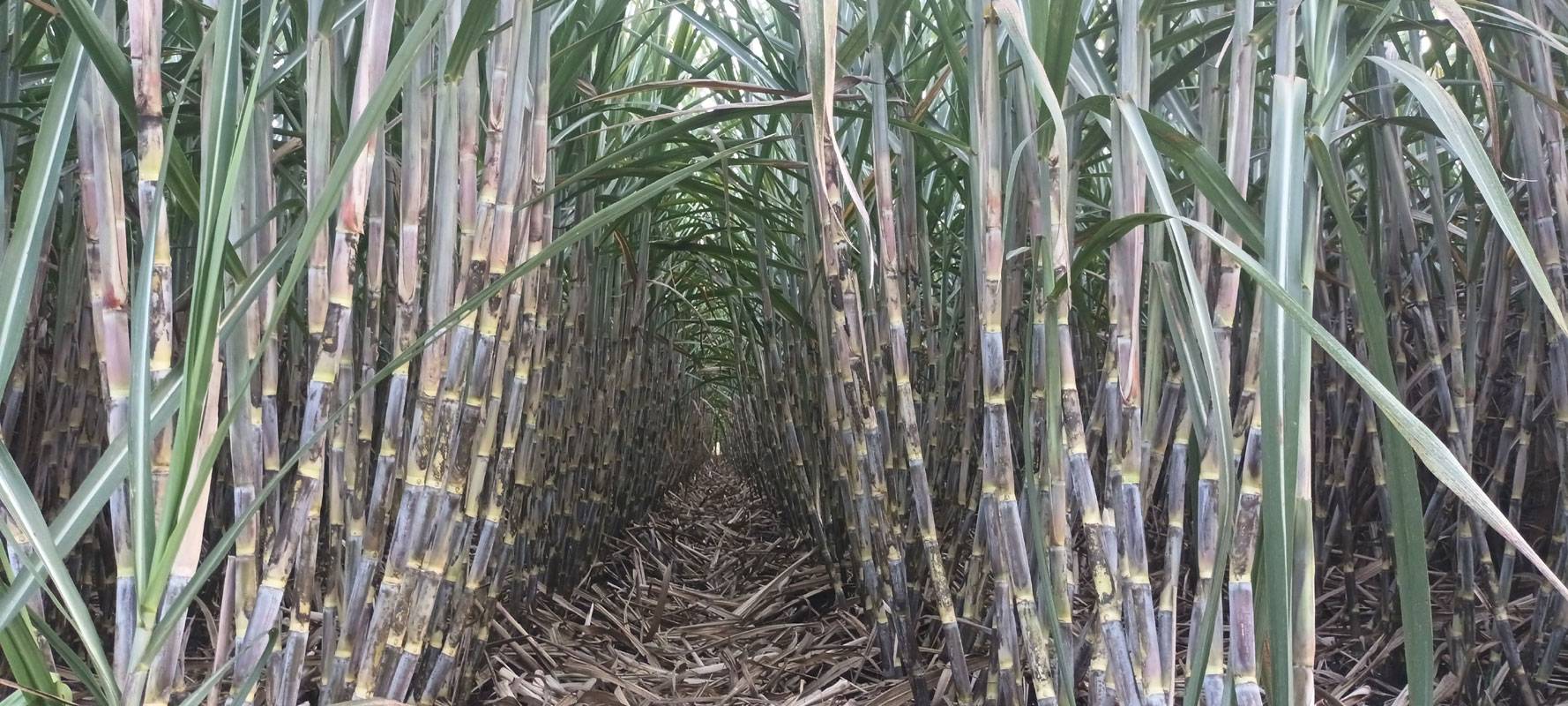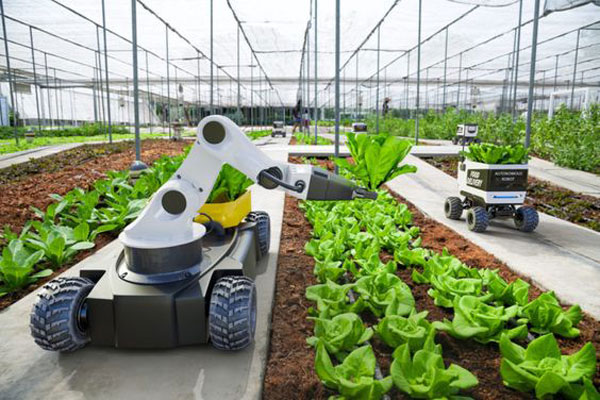Crops
Sugarcane

Sugarcane
Sugarcane (Saccharum officinarum) is native to Southeast Asia and was likely first cultivated in New Guinea and India. Evidence suggests that sugarcane was domesticated around 4,000 years ago. It spread to other parts of Asia and eventually to the Middle East and Europe. The plant has been a vital source of sugar for centuries and continues to be crucial in the global sugar industry.
Global Area and Production
Sugarcane is grown on approximately 26 million hectares worldwide. Major producers include Brazil, India, China, Thailand, and the United States. India is the second-largest producer of sugarcane, contributing a substantial portion to the world’s sugar supply. The crop’s economic importance extends beyond sugar production to include ethanol and bioenergy.
Uses of Sugarcane
- Sugar Production: Sugarcane is the primary source of table sugar (sucrose) globally. It is processed to produce various forms of sugar, including raw sugar, refined sugar, and molasses.
- Biofuel: Sugarcane is used to produce ethanol, a renewable biofuel that is blended with gasoline. This helps reduce greenhouse gas emissions and reliance on fossil fuels.
- Other Products: Byproducts of sugarcane processing include bagasse (used as a biomass fuel) and pressed cane juice, which is consumed as a beverage or used in traditional sweets.
Sugarcane Cultivation in India
Major Growing Areas
In India, sugarcane is cultivated in several states, with major production areas including Uttar Pradesh, Maharashtra, Karnataka, Tamil Nadu, and Andhra Pradesh. Uttar Pradesh is the leading producer, followed by Maharashtra and Karnataka, which are also significant contributors to the country's sugarcane output.
Climate Requirements
- Temperature: Sugarcane requires a warm climate with temperatures ranging from 20-32°C. It is a tropical plant that thrives in consistent warmth and is sensitive to frost.
- Rainfall: Sugarcane needs substantial moisture, with an ideal annual rainfall of 1,000-2,000 mm. It is typically grown in areas with adequate rainfall or through irrigation in regions with lower rainfall.
Soil Requirements
Sugarcane grows best in well-drained, fertile soils rich in organic matter. The ideal soil type is loamy or sandy loam with good water-holding capacity. The soil pH should be between 6.0 and 7.5. Proper soil management is essential to support healthy cane growth and high sugar yields.
Blog
Explore Our Blog
About Us
Welcome to Agriplaza
Welcome to Agriplaza. India's first and only comprehensive digital platform dedicated to agriculture and farmers. Explore widest range of related data our figures speaks a lot.
735969
Visitors
239
Diseases
131
Pests




